Summary | Excerpt | Reviews | Readalikes | Genres & Themes | Author Bio

Qwilleran tamped his moustache, as he often did when harboring suspicions; strangely it seemed to be the source of his hunches. He thought, Arson for purposes of vandalism is on the increase nationwide. In Moose County any black-hearted arsonist who wanted to infuriate the populace could torch a shaft house. Yet, locals were reluctant to admit that "it can happen here." Nevertheless, he had been glad to desert the centers of overpopulation, crime, traffic jams and pollution—and accept the quirks of small-town living. He himself was not inclined to gossip, but he was willing to listen to the neighborly exchange of information that flourished in coffee shops, on street corners and through the Pickax grapevine.
At Toodle's Market the next day, where he bought groceries, the three brush fires were the chief topic of conversation. Everyone had a theory. No one believed the sheriff. It was a cover-up. The authorities were trying to avert panic. The groceries were for Polly Duncan, director of the public library. Qwilleran had an arrangement with her. He shopped for her groceries while she slaved in the workplace. Then she invited him to dinner. It was more than a practical proposition; Polly was the chief woman in his life—charming, intelligent, and his own age.
The dinner-deal was especially convenient in the winter, when he closed his summer place—a converted apple barn—and moved his household to Indian Village. There he owned a condo, a few doors from Polly's. He liked a periodic change of address; it satisfied the wanderlust that had made him a successful journalist Down Below.
Indian Village was an upscale residential development in Suffix Township (which had been annexed by Pickax City after years of wrangling). It extended along the west bank of the Ittibittiwassee River. Rustic cedar-sided buildings were scattered among the trees: condominiums in cluters of four, multiplex apartments, a clubhouse, and a gatehouse. Qwilleran had Unit Four in the cluster called The Willows. Unit Three was occupied by the WPKX meteorologist, Wetherby Goode (real name, Joe Bunker). There was a new neighbor in Unit Two; Kirt Nightingale was a rare book dealer from Boston, returning to his hometown in middle age. ("What do you suppose is his real name?" the village wags whispered.) Polly Duncan, in Unit One, was impressed by his erudition and said, "If we can accept Qwilleran with a QW and a weatherman named Wetherby Goode, we shouldn't flinch at a Nightingale. And he's going to be a nice quiet neighbor."
That was important. The walls of the contiguous units were thin, and there were other construction details that were flawed. But it was a good address with a wonderful location and many amenities for residents.
Arriving at Unit One with bags of groceries, Qwilleran let himself in with his own key (Polly was at the library), greeted her two cats, and refrigerated perishable purchases. All the units had the same layout: a foyer, a two-story living room with wall of glass overlooking the river, two bedrooms on the balcony, and a kitchen and dining alcove beneath. A garage with space for one vehicle was under the house.
There the similarity ended. Polly's unit was furnished—even overfurnished—with antiques inherited from her in-laws. Qwilleran preferred the stark simplicity of contemporary design, with two or three antique objects for decorative accent. When friends asked, "Why don't you and Polly get married?" he would reply, "Our cats are incompatible." The truth was that he would find it suffocating to live with the appurtenances of the nineteenth century. Polly felt the same way about "modern." They stayed single.
Before leaving, Qwilleran said a few friendly words to Brutus, muscular well-fed Siamese, and looked about for Catta, who was younger and smaller. A flicker of movement overhead revealed her perched on a drapery rod. She had the Siamese taste for heights.
From The Cat Who Smelled a Rat, by Lilian Jackson Braun, Lillian Jackson Braun. © January 29, 2001 , Lilian Jackson Braun, Lillian Jackson Braun used by permission.
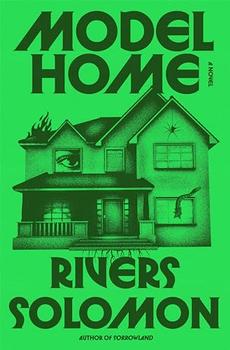
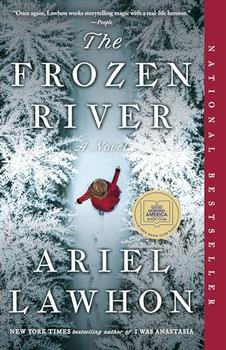
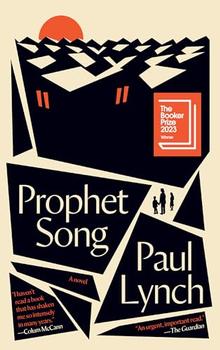

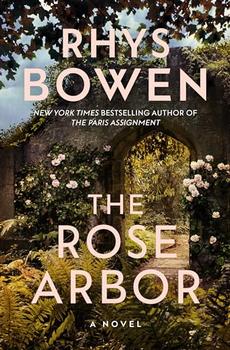
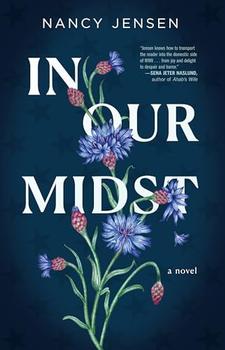
Show me the books he loves and I shall know the man...
Click Here to find out who said this, as well as discovering other famous literary quotes!
Your guide toexceptional books
BookBrowse seeks out and recommends the best in contemporary fiction and nonfiction—books that not only engage and entertain but also deepen our understanding of ourselves and the world around us.